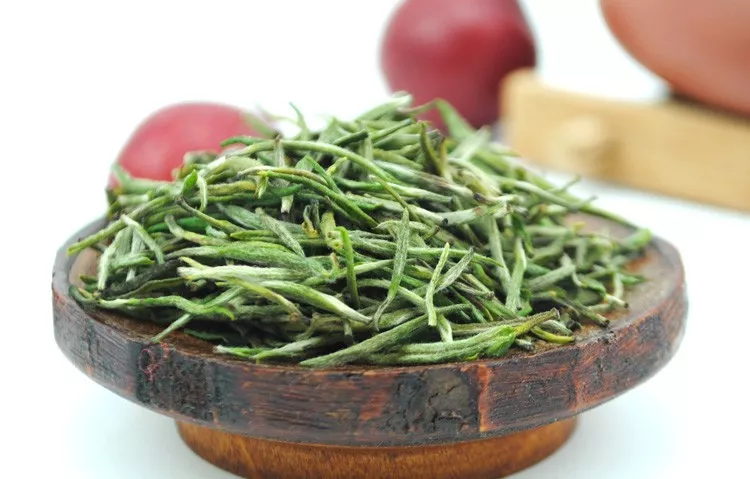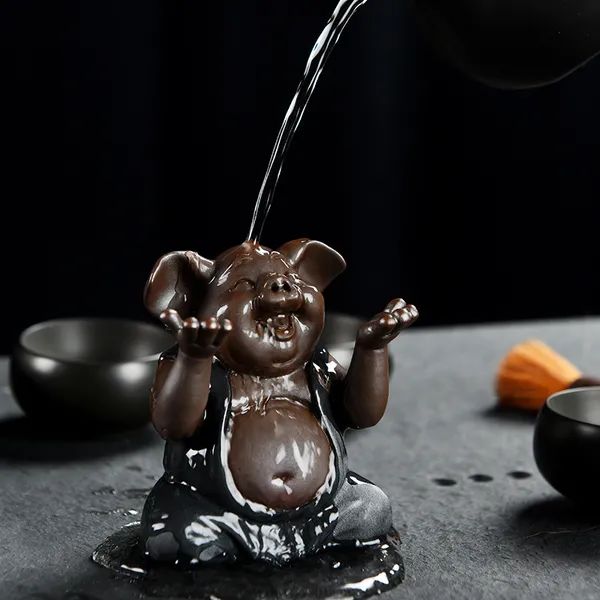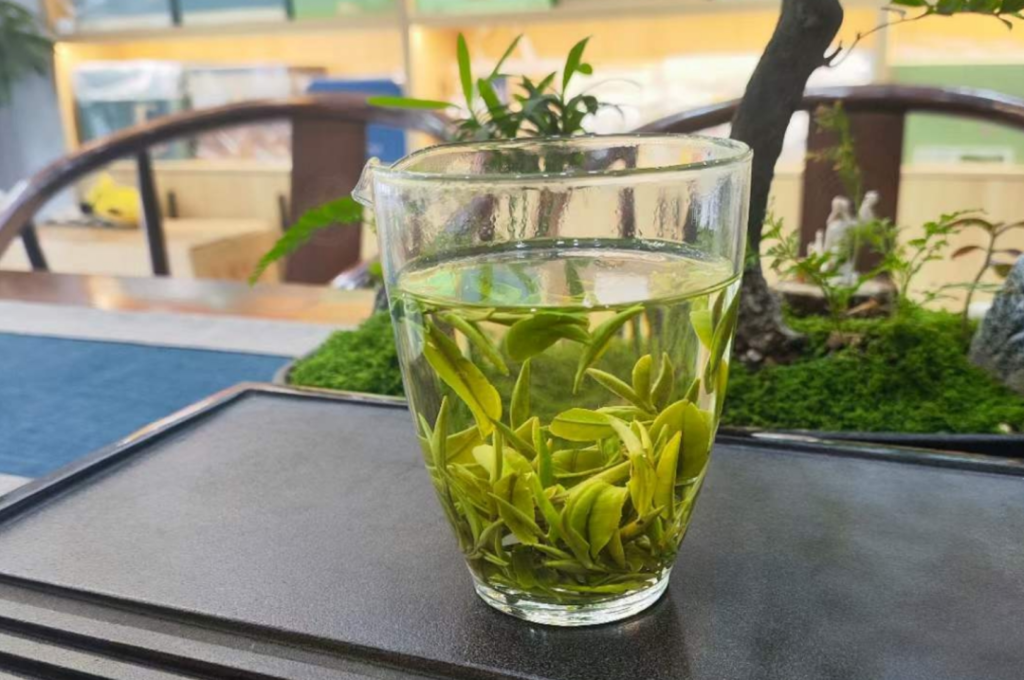China is the country of origin of tea, and tea holds great significance in Chinese culture. So far, more than 1,000 counties and cities in over 20 provinces in China grow tea trees, making China the world’s largest tea producer. It can be said that no other country has as large a tea planting area and as rich a variety of teas as China.
We all know that there are six major types of tea in China, including green tea, black tea, white tea, yellow tea, dark tea, and oolong tea. This classification is mainly based on the manufacturing process and the degree of fermentation of the tea. However, within each type of tea, there are different names and varieties of tea.
The regions in China that produce yellow tea are not numerous, primarily including Huoshan Yellow Bud and Huoshan Yellow Tea from Anhui, Mengding Yellow Bud from Sichuan, and Junshan Yinzhen from Yueyang, Hunan. Although there are not many varieties of yellow tea, the production areas are quite widespread, mainly in the middle and lower reaches of the Yangtze River, including Hunan, Hubei, Sichuan, and Anhui. The production process of yellow tea is similar to green tea, but with the addition of a yellowing step, which is lightly fermented. It is important to note that some yellow teas on the market are made entirely according to the green tea process without the yellowing step. Therefore, consumers must carefully distinguish when purchasing.
White tea, also belonging to the category of lightly fermented teas, differs from the production processes of green and yellow teas, as it does not require killing green or rolling. Typically, it is processed through sun withering or gentle fire drying. Among the six major types of Chinese tea, white tea is considered a special treasure with a clear yellow-green color and a sweet, refreshing taste. The main cultivation areas are in Fuding, Zhenghe, Songxi, Jianyang in Fujian, and Jinggu in Yunnan. Depending on the variety and picking standards of the tea leaves, white tea can be classified into Baihao Yinzhen, Bai Mudan, Shoumei, and Gongmei, with the addition of new process white teas. Previously, white tea was mainly stored in loose form, but since 2006, the tea cake pressing process has gradually been established, and white tea has begun to produce compressed tea. Today, many white teas seen on the market are in the form of tea cakes, which are more convenient for storage and transportation and are favored by tea merchants and consumers. Lastly, not all teas called ‘white tea’ are actually white tea; for example, the well-known Anji White Tea is actually a green tea. Some tea enthusiasts mistakenly classify Anji White Tea as a type of white tea, which is incorrect. Oolong tea, also known as Qing tea. In everyday language, we refer to it more as oolong tea and less as Qing tea. Oolong tea is a semi-fermented tea, typically made after several steps including picking, withering, shaking, frying, rolling, and baking, with a fermentation level between green and black tea. The origin of oolong tea can be traced back to the tribute tea of Jian’an Beiyuan during the Song Dynasty, and it was officially created around the Qing Dynasty Yongzheng period. Oolong tea is a unique Chinese tea category, mainly produced in the northern and southern parts of Fujian, as well as in Guangdong and Taiwan, with some production in Sichuan and Hunan provinces. Some famous oolong teas include Anxi Tieguanyin and Wuyi Rock Tea from Fujian, Fenghuang Dancong from Guangdong, and Alishan Oolong, Dongding Oolong, and Oriental Beauty from Taiwan.Da Hong Pao from the Wuyi Mountain region belongs to oolong tea, not black tea. This is similar to Anji Bai Cha, which is a green tea, not a white tea. It is important not to misinterpret based on the name and avoid any embarrassing misunderstandings. Black tea is a fully fermented tea category, known as one of the most famous types of tea worldwide. The production process of black tea involves fermentation, which includes withering, rolling, fermenting, and drying. During this process, significant chemical changes occur in the fresh tea leaves, with a reduction of more than 90% in tea polyphenols. Visually, black tea appears as red soup and red leaves, with a distinct aroma, high fragrance, sweet flavor, and a pleasant taste, which is highly favored by tea enthusiasts. In China, black tea is widely cultivated in various regions, including Rizhao black tea from Shandong, Keemun black tea from Anhui, Dian Hong from Yunnan, Yingde black tea from Guangdong, Yue Hong from Zhejiang, Su Hong from Jiangsu, Zhaoping black tea from Guangxi, Ning Hong from Jiangxi, Jin Jun Mei and Zheng Shan Xiao Zhong from Fujian. Among them, Keemun black tea is considered the top among the world’s three high-aroma black teas, with the reputation of ‘Keemun is unique among all fragrant teas, with a clear and unmatched high fragrance,’ and is referred to as the Queen of Black Tea. Dark tea, named for its black appearance, is a post-fermented tea among the six major tea categories. Its production process generally involves four steps: killing green, rolling, piling, and drying. Traditional dark tea usually uses mature black tea as the main raw material, which is relatively coarse. Historically, dark tea was mainly supplied to ethnic minorities in border areas, hence also known as border tea. In terms of production distribution, dark tea includes Anhua dark tea from Hunan, Liu Bao tea from Guangxi, Fu Zhuan tea from Shaanxi, An tea from Anhui, Pu-erh tea from Yunnan, border tea from Sichuan, and Qing brick tea from Hubei. The above are the six major tea categories in China’s tea production, each with representative teas, and each type of tea has a complex production process with unique procedures. These are valuable experiences and cultural traditions in the development of Chinese tea. Gaining more knowledge about tea while drinking can greatly enrich our knowledge system.



